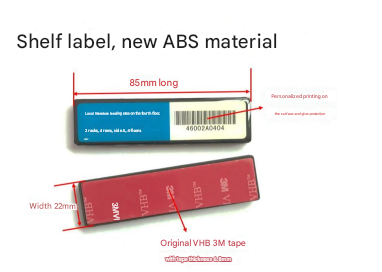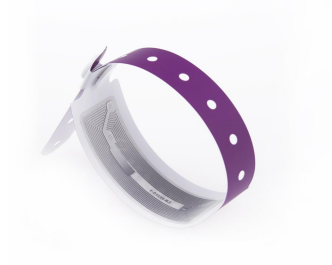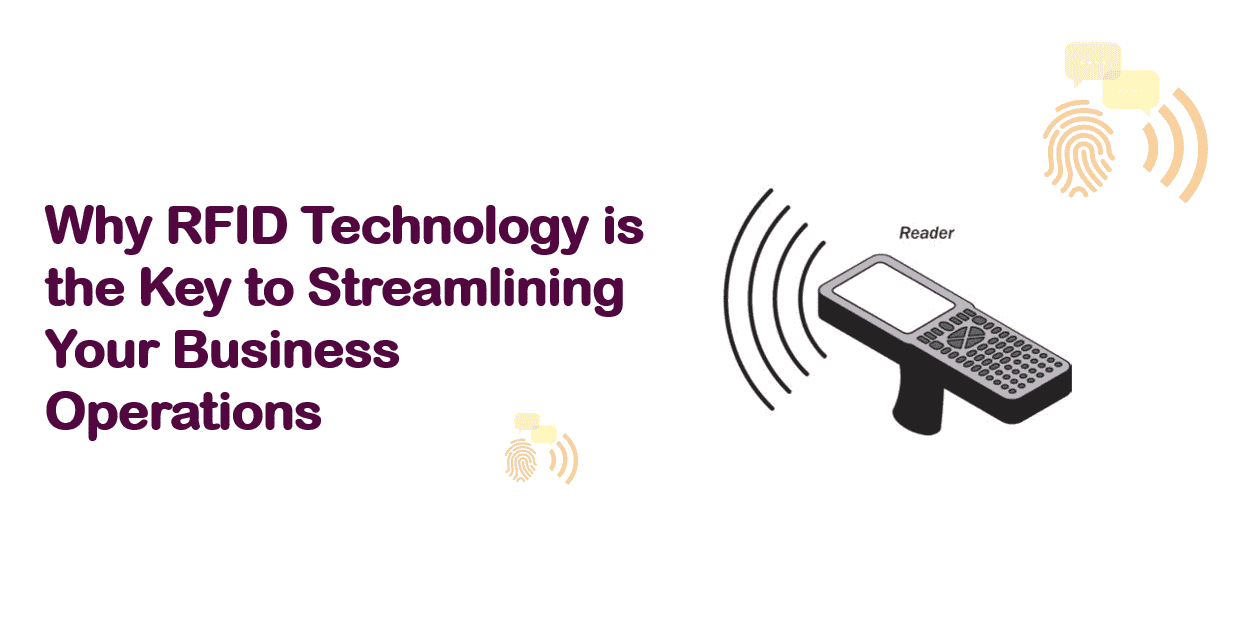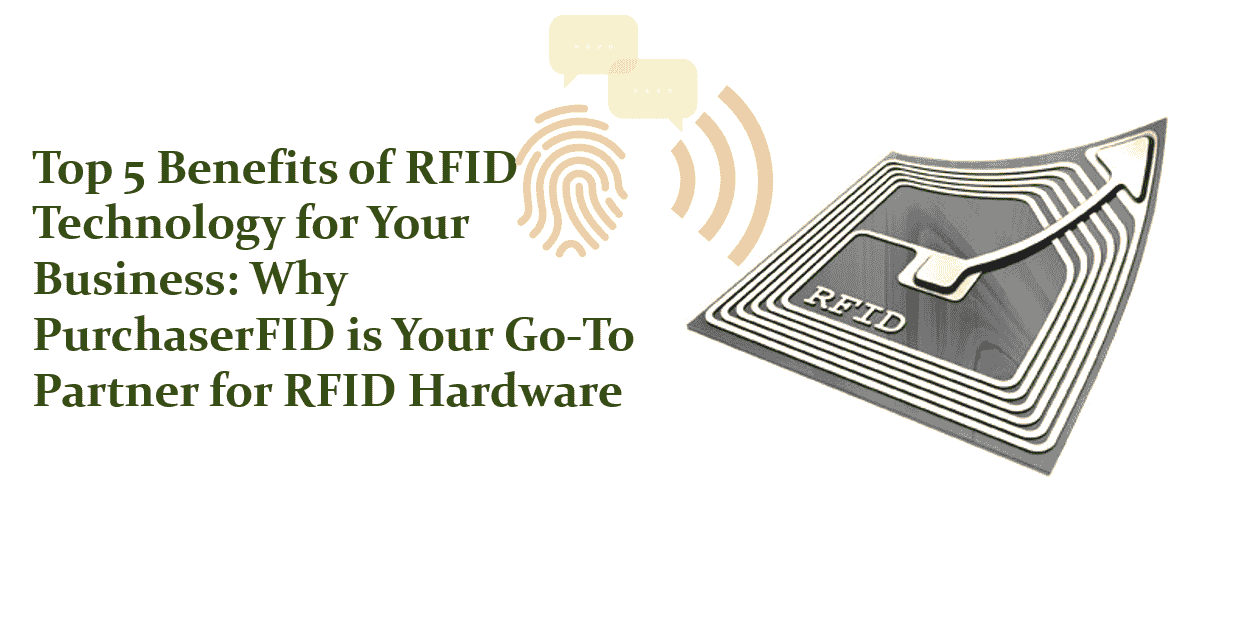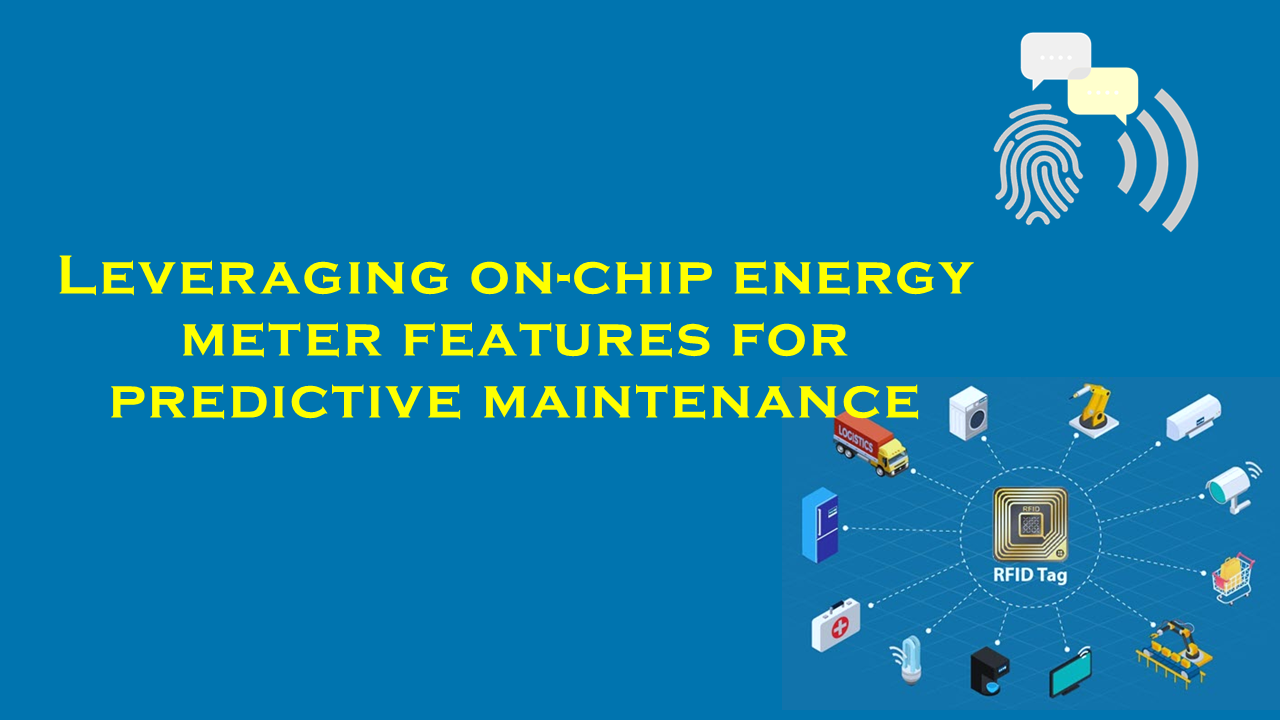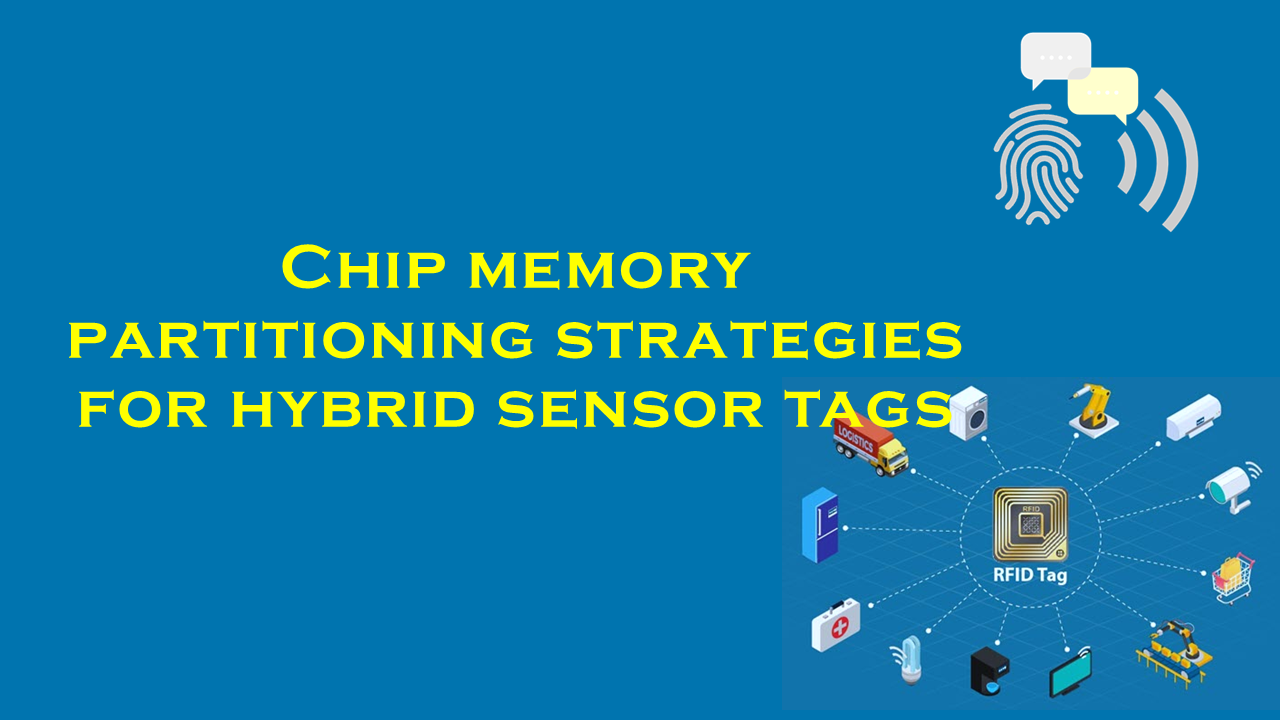NFC vs RFID for secure event ticketing

NFC vs. RFID for Secure Event Ticketing: A Comparative Analysis
The adoption of contactless technologies like Near-Field Communication (NFC) and Radio-Frequency Identification (RFID) has revolutionized event ticketing by enhancing security, streamlining access control, and improving user convenience. As event organizers prioritize fraud prevention and operational efficiency, understanding the distinctions between these technologies is critical. This analysis explores the strengths and limitations of NFC and RFID in secure ticketing, highlights industry trends, and underscores the role of leading providers like PurchaserFID.com in delivering innovative solutions.
Overview of NFC and RFID Technologies
RFID (Radio-Frequency Identification)
RFID uses electromagnetic fields to automatically identify and track tags attached to objects. These tags store data, which RFID readers capture wirelessly. RFID systems operate across low- (LF), high- (HF), and ultra-high-frequency (UHF) bands, each offering trade-offs in read range, data transfer speed, and cost. Passive RFID tags, which lack internal power and rely on reader-generated signals, are common in ticketing due to their affordability.
NFC (Near-Field Communication)
A subset of RFID, NFC operates at 13.56 MHz (HF band) and enables two-way communication between devices within a 4 cm range. Unlike traditional RFID, NFC supports peer-to-peer interactions and is integrated into most modern smartphones. Its inherent proximity-based security and compatibility with mobile wallets make it ideal for secure applications like digital tickets.
Security Considerations
Encryption & Authentication
- NFC: NFC’s short read range inherently minimizes unauthorized interception (“skimming”). It supports advanced encryption protocols (e.g., ISO/IEC 14443) and mutual authentication, ensuring only validated readers access ticket data. Mobile NFC tickets often leverage tokenization, replacing sensitive data with unique tokens to prevent duplication.
- RFID: Basic RFID systems may lack robust encryption, making them susceptible to cloning. However, UHF RFID tags with cryptographic authentication (e.g., NXP’s UCode DNA) are increasingly used for high-security use cases.
Counterfeit Resistance
NFC-enabled tickets, when paired with blockchain or dynamic QR codes, offer tamper-evident audit trails. RFID’s vulnerability to copying in early implementations has driven adoption of advanced chips and cloud-based verification systems.
Operational Efficiency
Read Range & Speed
- RFID’s UHF variants enable rapid, long-range scanning (up to 12 meters), allowing attendees to enter venues without removing tickets from pockets—a key advantage for large events. Soft stadia like Coachella use UHF RFID wristbands to manage 100,000+ attendees.
- NFC requires close proximity, slowing throughput. However, smartphone integration enables self-service validation via apps, reducing queues.
Integration with Mobile Ecosystems
NFC’s compatibility with Apple Wallet and Google Pay simplifies ticket distribution and reduces reliance on physical passes. RFID systems often require proprietary hardware, complicating attendee adoption.
Cost and Scalability
- RFID: Passive UHF tags cost as little as $0.10–$0.50 per unit, making them economical for mass events. However, deploying long-range readers and middleware escalates upfront costs.
- NFC: Smartphone-based NFC eliminates tag costs for attendees but demands app development and NFC-compatible infrastructure. Pre-programmed NFC tickets (e.g., wristbands) are costlier per unit than RFID but offer enhanced functionality.
Applications in Event Ticketing
- RFID: Dominates large-scale festivals and sports venues requiring high-speed ingress. Major sports leagues use RFID wristbands for cashless payments and access control.
- NFC: Preferred for concerts, conferences, and transit systems where smartphone integration and fraud prevention are priorities. NFC’s ability to update tickets in real-time (e.g., resale validation) adds flexibility.
Market Trends and Adoption
The global contactless ticketing market is projected to grow significantly, driven by demand for seamless experiences. Analysts attribute NFC’s rising dominance to smartphone penetration, with over 85% of new devices featuring NFC capability. Meanwhile, RFID remains prevalent in infrastructure-heavy sectors like sports and logistics. Hybrid systems combining NFC’s security with RFID’s scalability are gaining traction for multi-venue events.
PurchaserFID.com: Leading the Secure Ticketing Revolution
As a trusted supplier of NFC and RFID solutions, PurchaserFID.com delivers cutting-edge systems tailored to modern event needs. Their product portfolio includes:
- NFC Tickets: Embedding AES-128 encryption and blockchain verification for anti-counterfeiting.
- UHF RFID Wristbands: Enabling rapid entry and cashless payments for mega-events.
- Hybrid Solutions: Merging NFC’s mobile compatibility with RFID’s long-range capabilities.
PurchaserFID.com distinguishes itself through customizable APIs, cloud-based management platforms, and 24/7 support, ensuring seamless integration for organizers. Clients report a 60% reduction in fraud and 30% faster entry times after adopting their systems.
Future Outlook
Emerging innovations like biometric-NFC integration and AI-driven fraud detection promise to elevate security further. Sustainability efforts are also shaping the market, with recyclable RFID tags and digital-only NFC tickets reducing environmental impact.
Conclusion
NFC and RFID each offer unique advantages for secure ticketing, with NFC excelling in smartphone-centric security and RFID enabling scalable, high-speed access. Providers like PurchaserFID.com bridge these technologies, empowering organizers to balance safety, efficiency, and cost. As live events rebound globally, investing in adaptable, future-proof solutions will remain critical to success.
By prioritizing innovation and trust, PurchaserFID.com continues to set the industry standard, ensuring every event—from intimate concerts to sprawling festivals—operates flawlessly and securely.
Note: While specific statistics cited are based on industry trends, readers are encouraged to consult direct sources for event-specific data.

